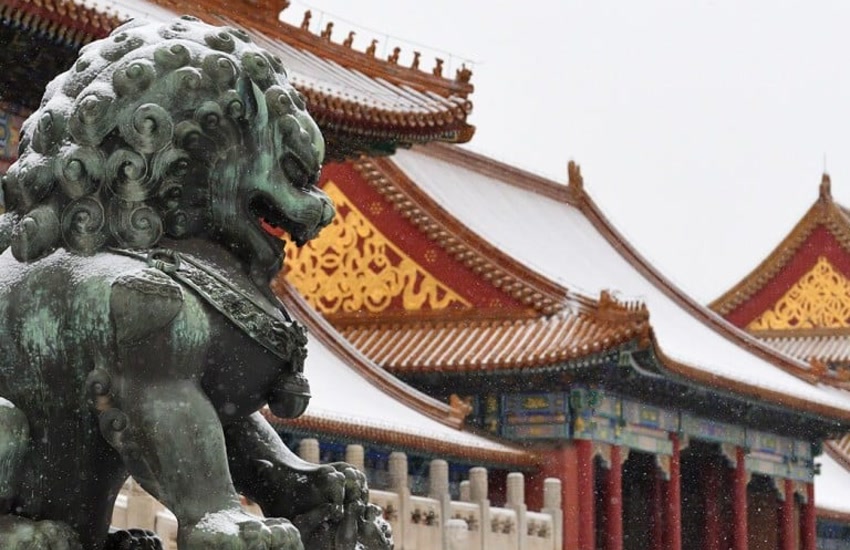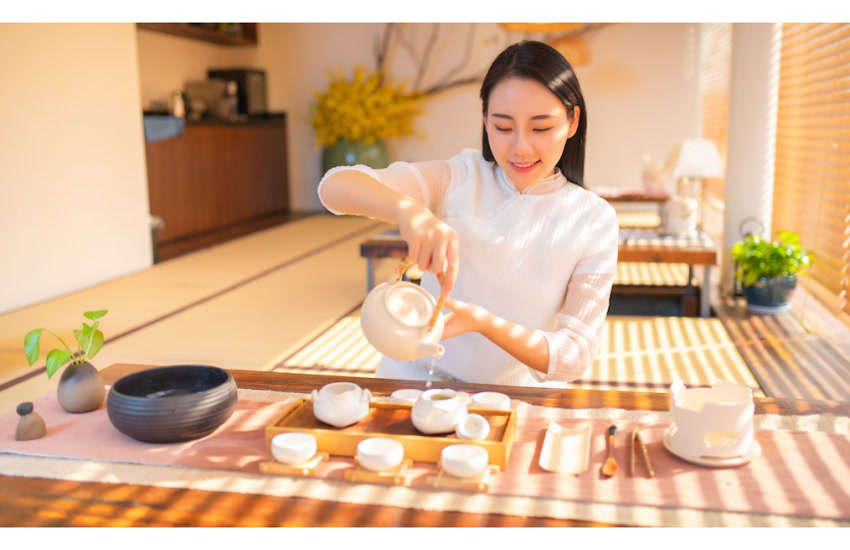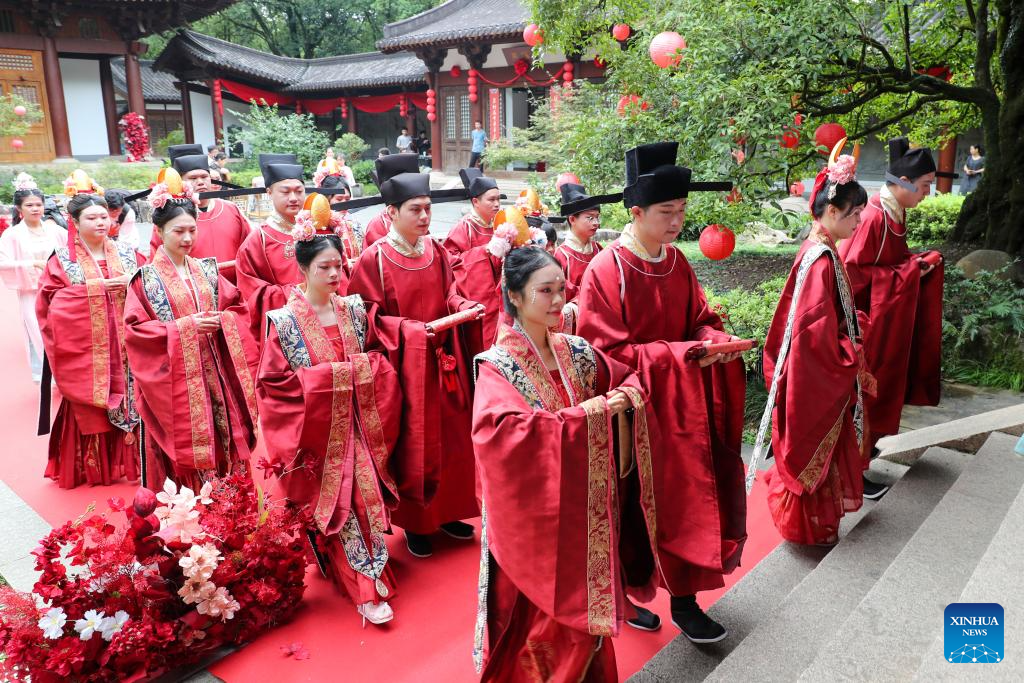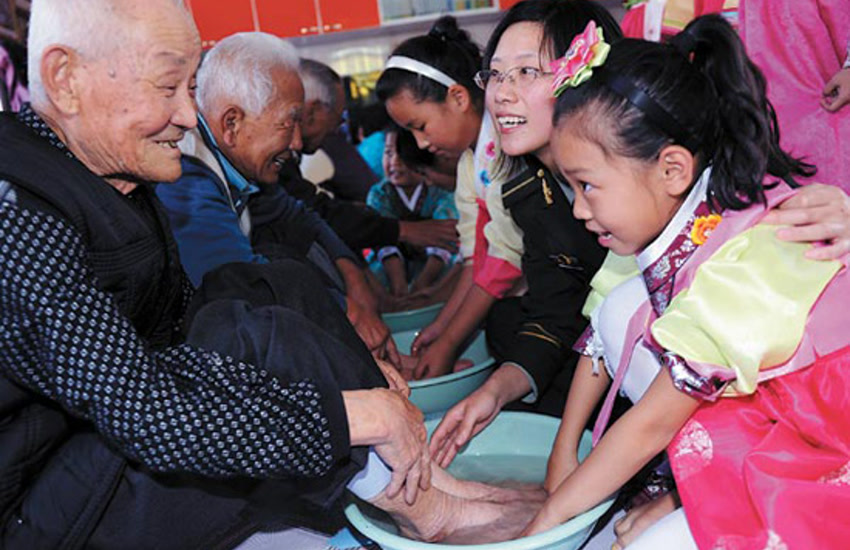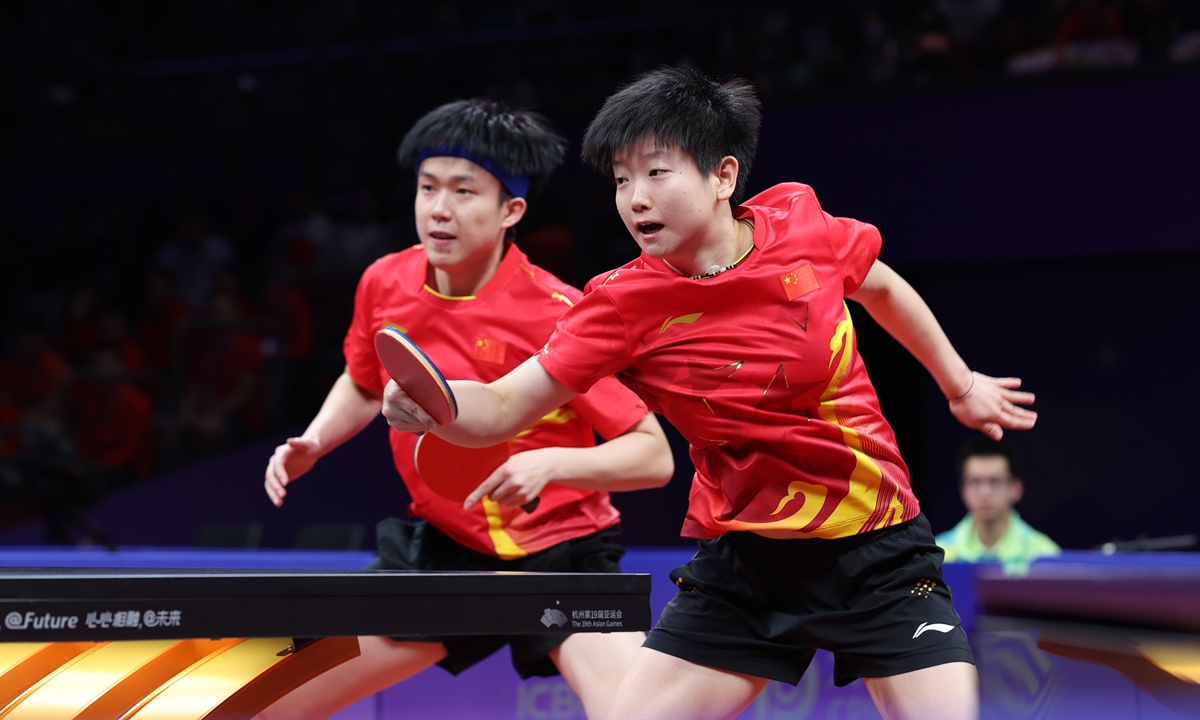Ni hao, adventurers and martial arts enthusiasts!
Your favorite travel blogger is back, and this time, we’re diving headfirst into the exhilarating world of Sanda boxing in China.
For years, I’ve been captivated by the diverse martial arts scene here, and Sanda, with its explosive blend of striking and grappling, has truly captured my attention.
What Exactly IS Sanda? Decoding the “Free Fighting” Phenomenon
Sanda (散打), also known as Sanshou (散手), translates to “free fighting” or “free hand combat.”
Don’t let the “boxing” in the name fool you; it’s so much more than just punches. Think of it as Chinese kickboxing, but with a healthy dose of wrestling and takedowns thrown in for good measure. It’s a full-contact combat sport that combines striking techniques (punches and kicks) with grappling, throws, and even sweeps.
Sanda and Wushu
Sanda is an integral part of Wushu (武术), the collective term for Chinese martial arts. While Wushu also includes taolu (pre-arranged forms), Sanda is all about practical application and real-time combat. It’s dynamic, action-packed, and a fantastic way to test your physical and mental limits.
Is Sanda a legit martial art? Absolutely! It’s a highly effective and practical martial art with a rich history and a solid foundation in traditional Kung Fu.
A Journey Through Time: The History and Evolution of Sanda
The roots of Sanda stretch back centuries. Imagine ancient hunters and gatherers honing their combat skills, observing animal movements to develop effective defense techniques. These skills were passed down through generations, evolving over time.
Emergence of Sanda
In the 1920s and 30s, Kuoshu emerged – a melting pot of various fighting styles, including Kung Fu, kickboxing, and wrestling. This was taught in military academies, solidifying its practical applications. But it was in the 1950s that Sanda truly began to take shape, further developed by the Chinese military, drawing from traditional Chinese martial arts and modern combat methods. By the 1980s, Sanda was formalized as a competitive discipline, leading to national and international tournaments.

Global Recognition of Sanda
Today, Sanda is recognized globally, with practitioners around the world. And speaking of global, many fighters with a background in Sanda have found success in other combat sports, like MMA and kickboxing! Some may even say Sanda embodies the spirit of China-China.
Sanda vs. Other Martial Arts: What Makes It Unique?
One of the most common questions is: how does Sanda stack up against other popular martial arts? Let’s break it down:
Comparison Table
| Martial Art | Comparison with Sanda |
|---|---|
| Sanda vs. Kickboxing | While both involve striking, Sanda incorporates throws and takedowns, offering a more complete skillset for close-quarters combat. |
| Sanda vs. Muay Thai | Muay Thai, the “art of eight limbs,” utilizes punches, kicks, knees, and elbows. Sanda typically excludes elbow strikes and places greater emphasis on throws and grappling. |
| Sanda vs. Karate | Karate focuses on strikes and kicks, often practiced through kata (pre-arranged forms). Sanda, again, includes throws and locks, emphasizing aggression and rapid reaction times. |
| Sanda vs. Judo | Judo is primarily a grappling art centered on throws and holds. Sanda blends these elements with striking techniques, making it both offensive and defensive. |
| Sanda vs. Sambo | Sambo is a martial art and combat sport. Similar to Sanda, it also involves grappling and striking. However, their techniques and training methods differ as Sanda has its roots more deeply embedded within traditional Chinese martial arts. |
| Sanda vs. MMA | Mixed Martial Arts combines various martial arts, while Sanda draws specifically from Chinese martial arts. MMA competitions have fewer restrictions and are often held in a cage, whereas Sanda competitions are usually in a ring with set rules. |
Key Takeaway
In short, Sanda stands out for its unique blend of striking and grappling, drawing heavily from the rich traditions of Chinese martial arts. Perhaps after learning Sanda, you can relax at a hot spring in Chinese style to relieve muscle tension.
The Nitty-Gritty: Understanding Sanda Rules and Techniques
Sanda Rules
What are the Sanda rules? Okay, let’s dive into the competitive side of things. The Sanda rule-set aims to balance safety with maintaining the integrity of the martial art. Strikes to the back of the head, spine, and groin are prohibited. When a fighter falls to the ground, the action is typically stopped to prevent extended ground fighting.
Competition typically involves three rounds, each lasting two minutes. Fighters score points by landing strikes to the body or head, successfully executing throws, or, in some competitions, pushing their opponent off a raised platform called a Lei Tai. Clinching is allowed, but only for a few seconds. If the fighters remain clinched without action, the referee will separate them.
Techniques in Sanda
Sanda techniques are all about combining the best of striking and grappling. Expect to learn:
- Striking Techniques: Jabs, crosses, hooks, uppercuts – the fundamentals of boxing are key.
- Kicks: Front kicks, sidekicks, roundhouse kicks, and even axe kicks add another layer of offensive power.
- Throws and Takedowns: Utilizing wrestling and Shuai Jiao (Chinese wrestling) techniques to bring your opponent to the ground.
- Locks and Sweeps: Although ground fighting is limited, knowing how to control an opponent on the ground momentarily can be a game-changer.

Training for Sanda: Building a Foundation for Success
Sanda Training for Beginners and Advanced Practitioners
So, you’re intrigued, right? Let’s talk about training. Whether you’re a complete beginner or an experienced martial artist, Sanda training is a rewarding journey. For a more spiritual experience, consider a trip to Wudang Mountain Temple.
- For Beginners: Don’t be intimidated! Most schools offer beginner programs that focus on building a solid foundation. You’ll learn basic stances, footwork, striking techniques, and simple throws. Experienced instructors will guide you, ensuring you learn proper form to avoid injuries.
- For Advanced Practitioners: Ready to take your skills to the next level? Advanced training involves complex combinations, improving reflexes, and developing lightning-fast speed. You’ll also delve into specialized training methods to prepare for competitions.
Conditioning in Sanda
Conditioning is King: Sanda demands peak physical fitness. Expect a rigorous training regimen that includes:
- Endurance Training: Running, jumping rope, cycling, and swimming to build cardiovascular fitness.
- Strength Training: Weightlifting and bodyweight exercises to develop explosive power for strikes and throws.
- Flexibility Training: Stretching and dynamic movements to improve range of motion and prevent injuries.
- Speed Training: Drills to enhance reaction time and movement speed, crucial for both offense and defense.
Sanda for Women
Sanda is an excellent option for women looking to learn self-defense and boost their confidence. The training provides physical and mental benefits, empowering women to feel safer and more secure in various situations. Many might even be looking for a Chinese style wedding gown after feeling more confident!
Immerse Yourself: Learning Sanda in China
Benefits of Learning Sanda in China
Learning Sanda in China offers an unparalleled experience. You’re not just learning a martial art; you’re immersing yourself in its cultural origins. Here’s why you should consider it:
- Authenticity: Train with experienced masters who have dedicated their lives to Sanda. Learn the authentic techniques and philosophies passed down through generations.
- Cultural Immersion: Experience the rich culture and history of China firsthand. Explore ancient temples, taste delicious cuisine, and connect with local communities. This could be included in your China itinerary.
- Intensive Training: Many schools offer full-time, all-inclusive programs that allow you to dedicate yourself entirely to Sanda training. Imagine training six days a week, six hours a day, surrounded by like-minded individuals! Check China Travel Itinerary 2 weeks for the best options.
- Affordability: You might be surprised to find that training in China can be quite affordable, with all-inclusive packages often costing less than similar training in Western countries.
Choosing the Right School
Finding the right school is essential. Look for schools with experienced instructors, a strong reputation, and a training environment that suits your goals. Some schools specialize in traditional Kung Fu styles alongside Sanda, while others focus solely on competitive Sanda. Do your research, read reviews, and consider visiting a few schools before making your decision. Before you head out, make sure you know how to pack for a trip to Beijing.
Essential Sanda Equipment and Protective Gear
Safety First!
Safety first! Proper equipment is crucial for preventing injuries and maximizing your training. Here’s a rundown of the essentials:
- Gloves: For protecting your hands and your training partners.
- Shin Guards: Essential for protecting your shins from kicks.
- Groin Protector: A must-have for obvious reasons.
- Mouthguard: To protect your teeth and jaw.
- Headgear (Optional): Provides additional protection during sparring.
- While there, consider buying some unique souvenirs from China as gifts!
Sanda: More Than Just a Martial Art – A Philosophy of Life
The Philosophy of Sanda
Sanda, like many traditional martial arts, extends beyond physical techniques. It embodies a philosophy that promotes balance, harmony, and mental well-being. It encourages practitioners to cultivate discipline, concentration, and mindfulness. The principles of Yin and Yang – finding balance between opposing forces – are often integrated into Sanda training. Through meditation and mindful practice, Sanda can help calm the mind, strengthen self-confidence, and promote a holistic approach to health and wellness. Perhaps you can enjoy some Chinese green tea after a long day of training.
Answering Your Burning Questions
Frequently Asked Questions
- Does Sanda count as Kung Fu? Sanda is a discipline within Kung Fu. It’s the combat application aspect of the broader art form.
- Where Can I find “Wushu Sanda near me?” A quick online search for martial arts schools in your area should point you in the right direction, use the terms “Sanda,” “Sanshou,” or “Wushu.”
Ready to Embark on Your Sanda Journey?
Learning Sanda boxing in China is an incredible opportunity to challenge yourself, learn a powerful martial art, and immerse yourself in a fascinating culture. Whether you’re seeking self-defense skills, competitive aspirations, or a deeper understanding of Chinese philosophy, Sanda offers something for everyone. While you’re considering what things to buy while in China, remember to also learn some key phrases!
So, what are you waiting for? Pack your bags, book your flights, and get ready to unleash your inner warrior in the heart of China! And as always, feel free to reach out with any questions you have. I’m always happy to share my experiences and help you plan your own unforgettable adventure. Zai jian! (Goodbye!)



